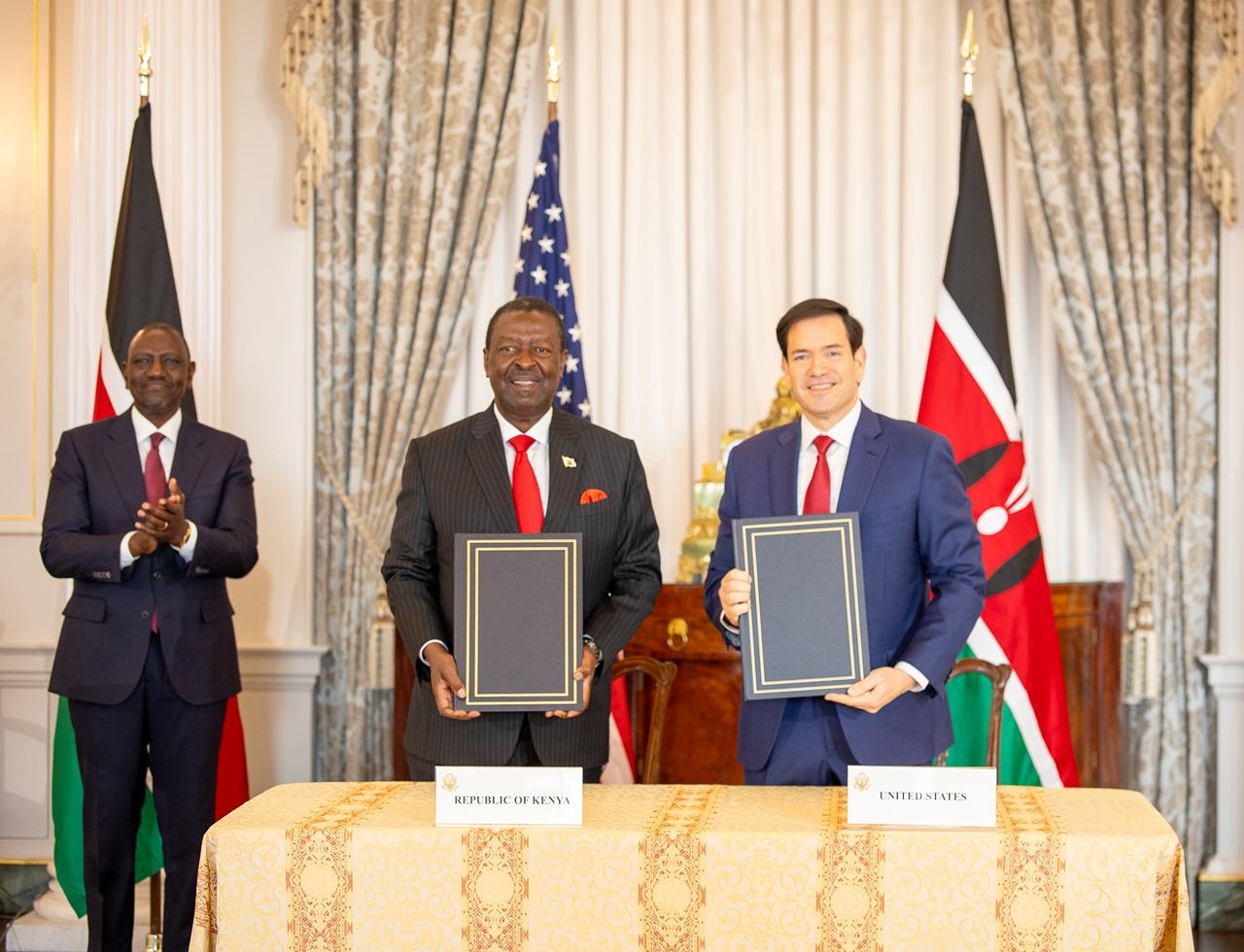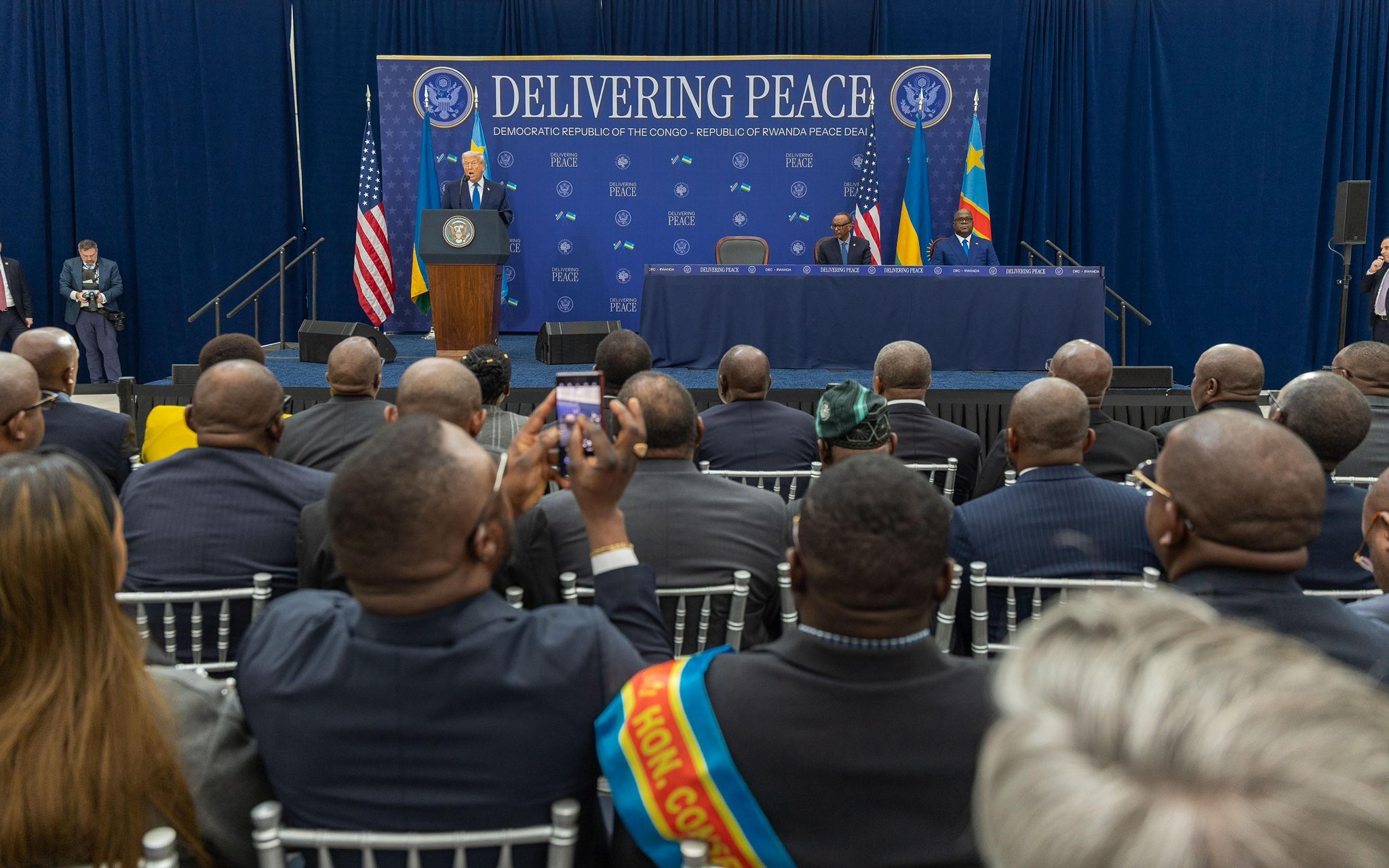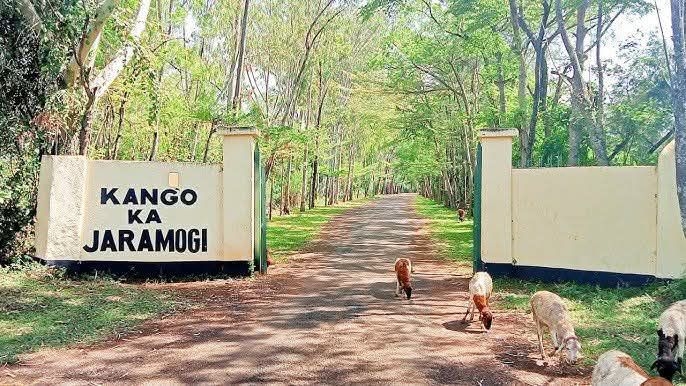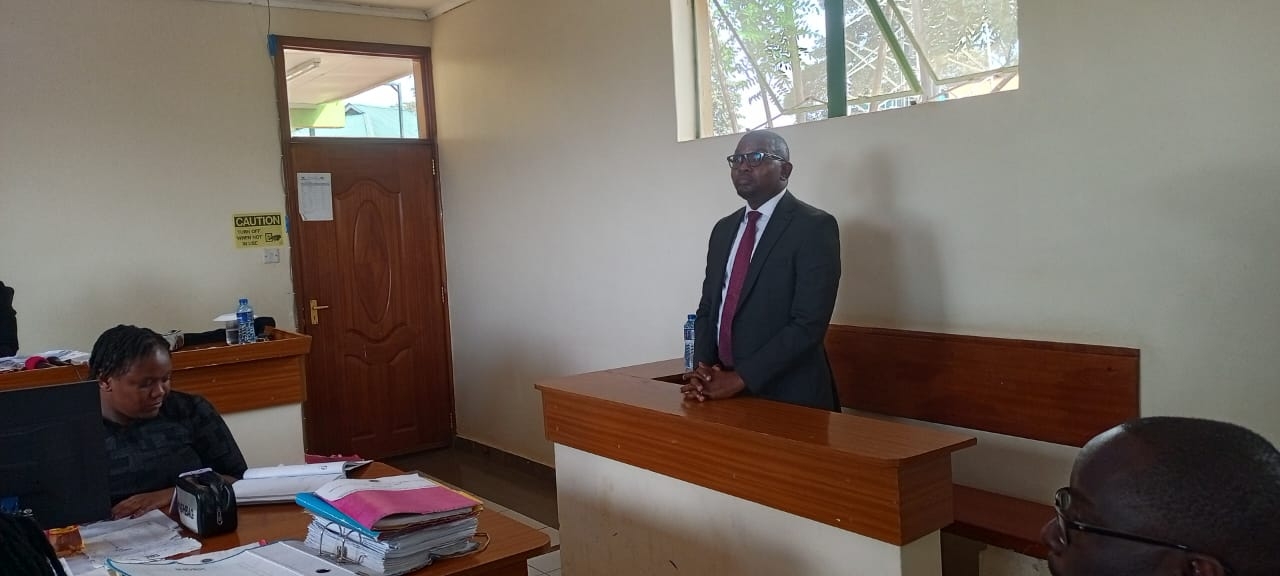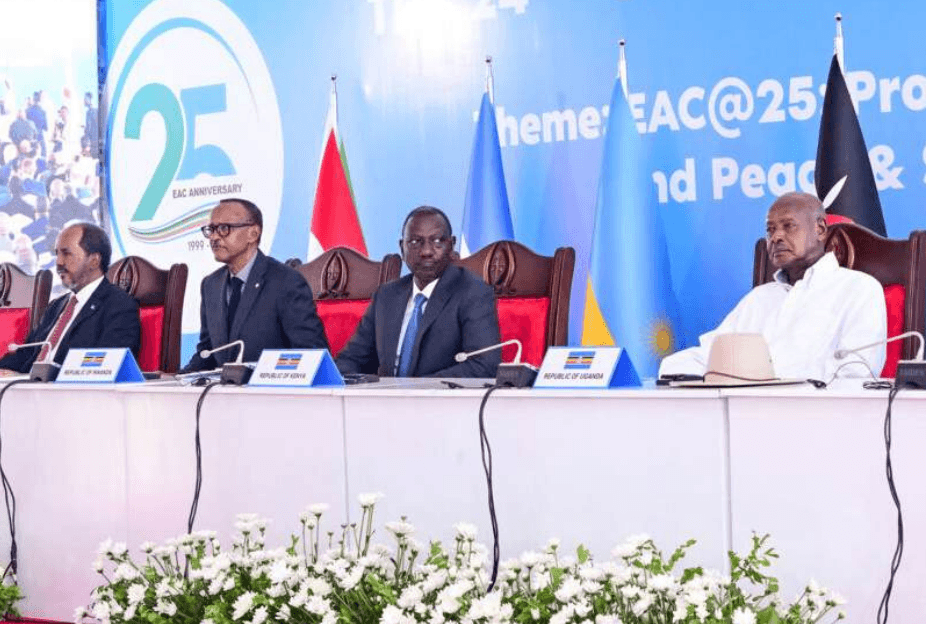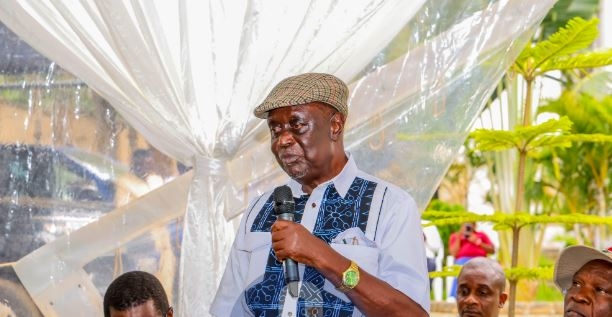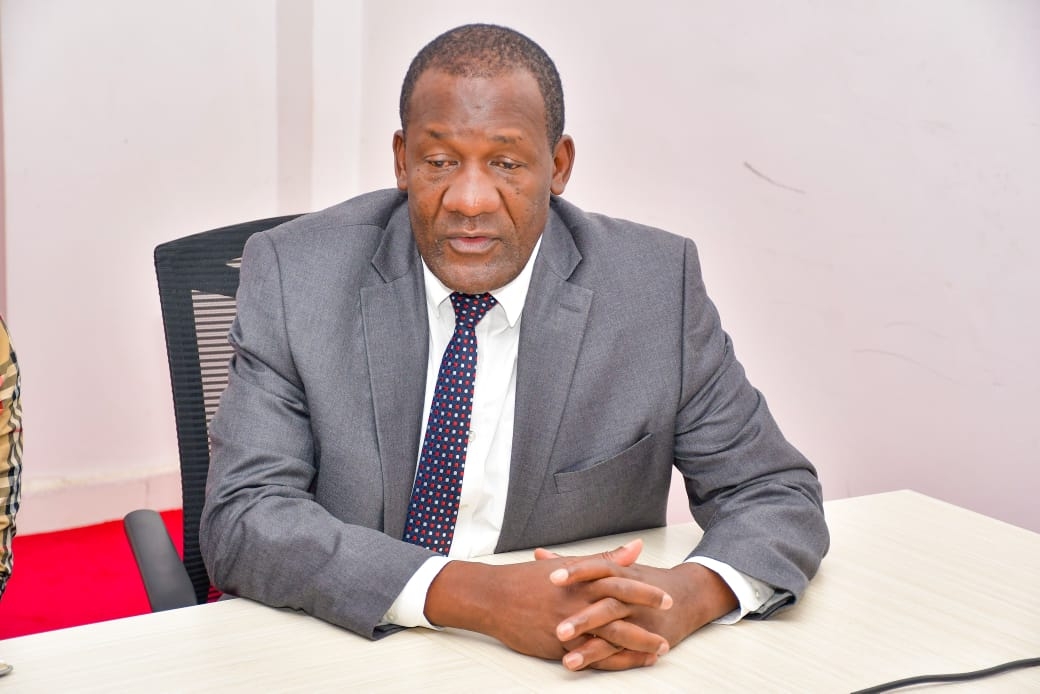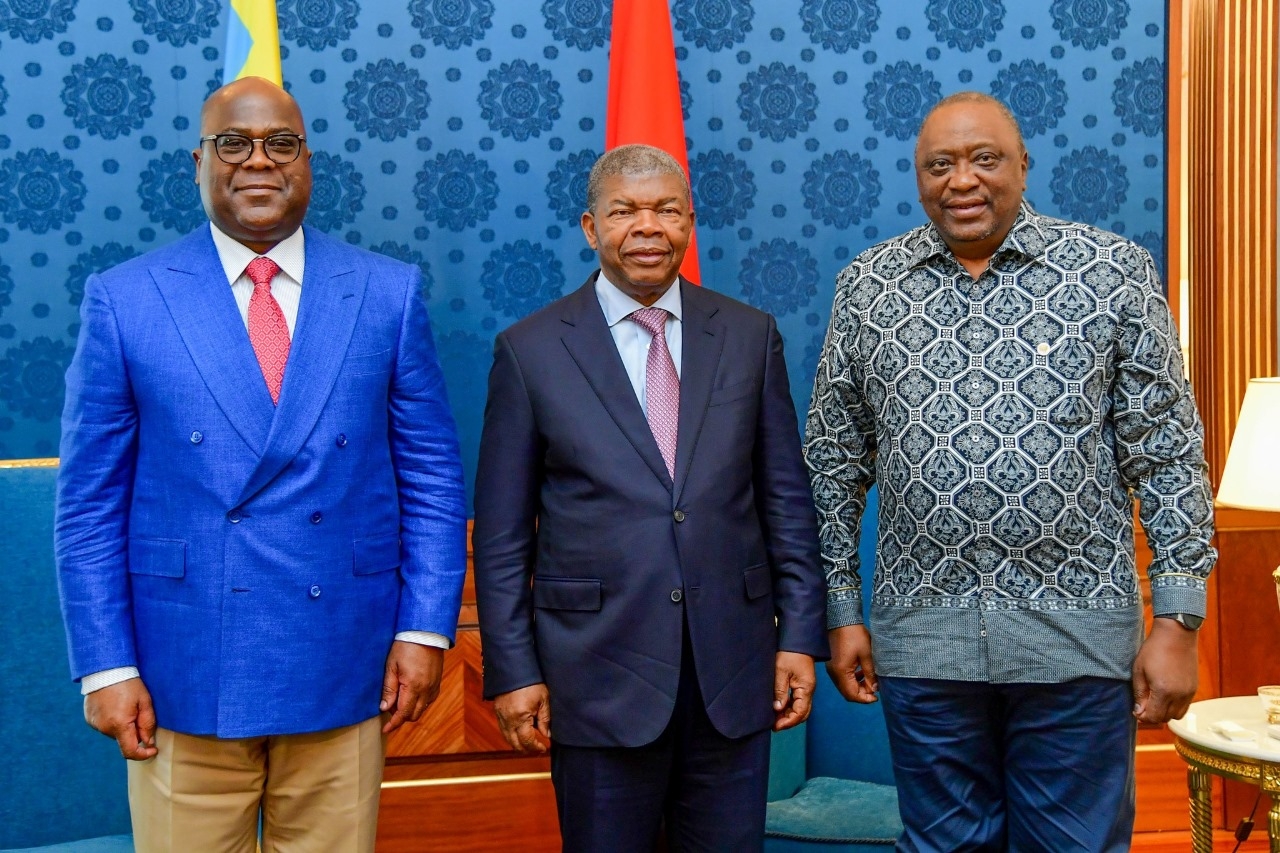Fuel and taxes have been named as components leading to the high cost of electricity, a Senate panel has been told.
The revelations emerged during the probe on the root cause of the high cost of electricity by the Nyeri Senator Wahome Wamatinga-led committee on Tuesday.
The Senate Energy Committee put the management officials of Rabai Power to task explain why they are producing little power but reaping huge profits.
The panel was shocked at how a power-generating plant is reaping Sh7.36 billion annually for producing only 90 megawatts of power.
Rabai Power General Manager Zablon Okwoku stated that the plant, which is powered by Heavy Fuel Oils (HFO), is a component that is significantly increasing the cost of electricity to the consumer.
“The component taking the bulk of the unit cost of kilowatt power is the fuel component. It is beyond the control of the generator,” Okwoku said.
“The cost takes into consideration the landing costs. The taxes take almost 45 per cent of the cost of the operation. It is a fair price."
He disclosed that the facility had signed a contract with Kenya Power to generate power for 20 years.
Tana River senator Danson Mungatana demanded to know whether there is the possibility of the firm reducing its charges to KPLC to reduce the cost of electricity.
“The charges for electricity in this country are very exorbitant. Can you convince us that you are fair in terms of cost as per agreement?” Mungatana asked.
Senate Majority Whip Boni Khalwale charged that Rabai power plant enjoys 30 per cent of the market share and the annual figures at Sh7.36 billion yet they are not willing to offer any remedy to the high cost of power.
“What mitigation measures have you put in place to reduce carbon emission and do you intend to exploit emerging producing power that uses renewable energy?” Khalwale asked.
But Okwoku told the legislators that lowering the cost of production of power will only be dependent on lowering fuel charges and other taxes by the government.
He said that the contract between Rabai power plant and Kenya Power will end in 2030 and once the term expires, the investors can seek for extension or termination.
“Our work was in constructing, testing and commissioning the facility. This is a property of KPLC. KPLC is paying for the facility by repaying the loan. Once the term expires, we shall transfer the facility to KPLC,” he said.
He said the Rabai Power Plant runs on five engines on HFO, adding that they can generate some steam from five boilers up to about 6.5MW which he claimed now makes them end up using less fuel and producing more.
Asked whether the shareholders have any local investors, Okwoku said that the company's shareholding includes Denmark, Japan, France and Germany, adding that he investigated to find out if there are any shadowy elements, but reached a dead end.
“It is very difficult to know if there is any connection with any local investor. This is because when you check you find that the investor is from Denmark, Japan, France and Germany and that at the time of taking up the loan, the funds were paid in dollars,” Okwoku said.
On his part, Elgeyo Marakwet Senator William Kisang questioned why fuel charges are paid in dollars and the capacity charge is paid in Euros.
“Mr Chairman, if the loans were procured locally, we could be talking about paying in Kenyan currency. But this is not the case.”


